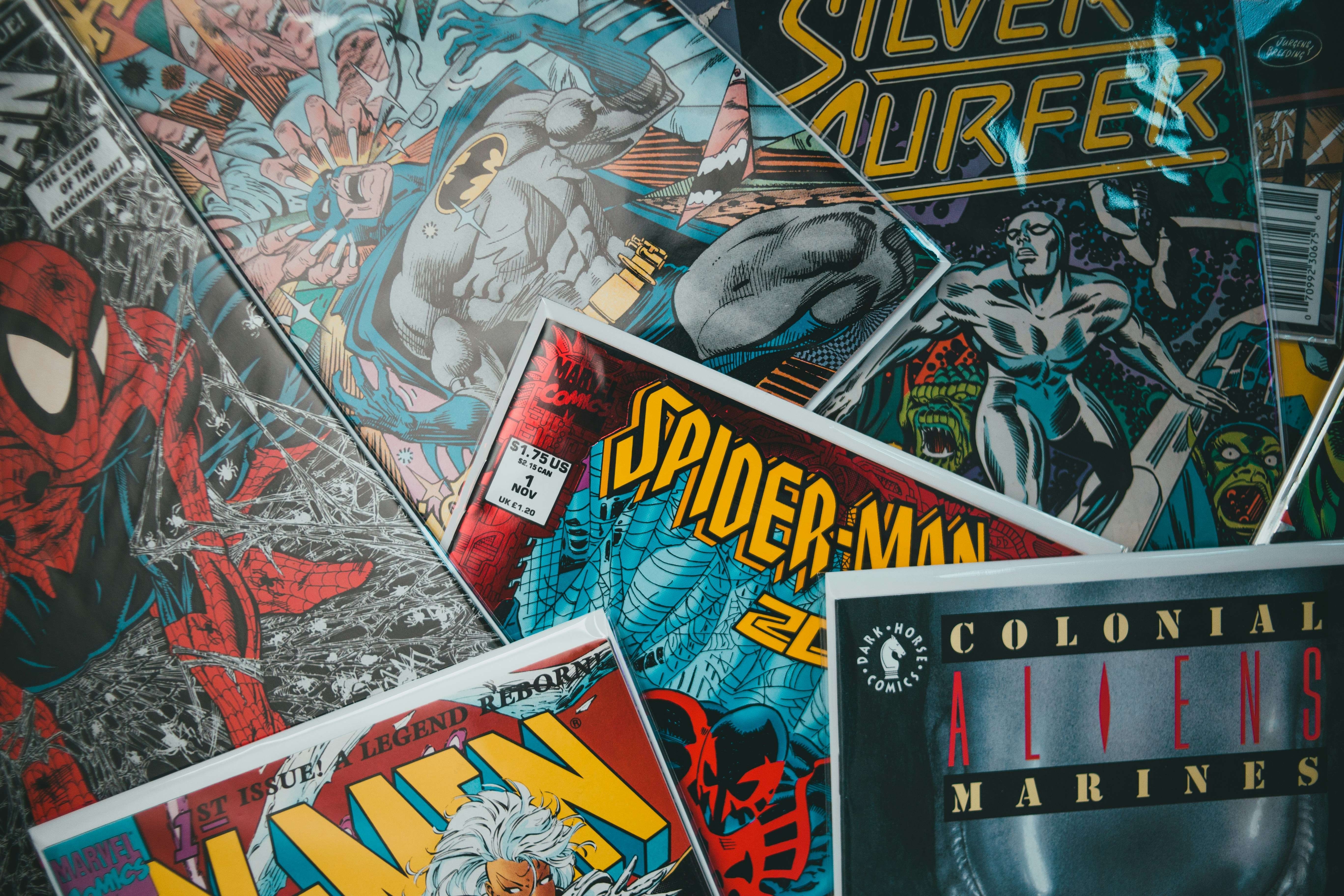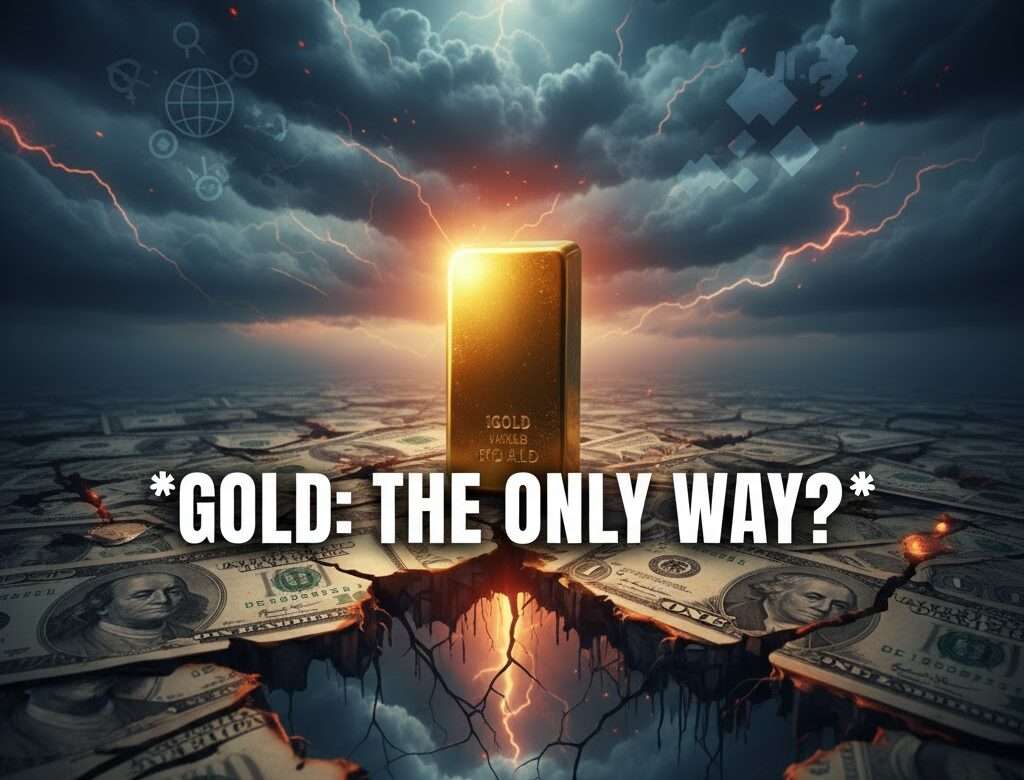- 23 November 2023
- No Comment
- 1414
Marvelous Journey of Marvel from Bankruptcy to Blockbuster Success

Every epic comic book narrative has its own dark chapter—a moment where everything hangs in the balance. The heroes are down and out, the city lies in ruins, and the villains are tightening their grip. Marvel, the mastermind behind countless heroic sagas, faced its own darkest hour in the winter of 1996.
the city lies in ruins, and the villains are tightening their grip. Marvel, the mastermind behind countless heroic sagas, faced its own darkest hour in the winter of 1996.
“With great power comes great responsibility” This famous quote from Spider-Man is not only a motto for the web-slinging superhero but also a lesson for the comic book giant that turned into a movie juggernaut.
Marvel movies have not just captivated audiences; they’ve also conquered the global box office, amassing a staggering $26 billion throughout their cinematic journey. This astronomical figure reflects the immense popularity and financial success of the Marvel cinematic universe.
As of July 2023, Marvel’s Avengers dominates the box office. “Avengers: Endgame” (2019) leads with a staggering $2.8 billion, followed by “Avengers: Infinity War” (2018) at $2 billion and “The Avengers” (2012) at $1.5 billion. Together, these films bring in over $4.89 billion globally, solidifying their status as the highest-grossing superhero movies, with “Avengers: Endgame” reigning supreme.
Did you know Marvel was on the verge of saying goodbye, all packed up and ready to leave the stage due to bankruptcy in the 1990s? And how did Marvel go from being on the verge of bankruptcy to becoming one of the most successful and influential entertainment industries in the 21st century, worth $53 billion?
Hi, I’m Nabeel Shaikh. In this article, we will explore the story of Marvel’s business turnaround, the challenges it faced, the strategies it adopted, and the lessons it learned.
Marvel’s Financial Zenith: The Rise and Fall
Marvel was founded in 1939 as Timely Comics and later became Atlas Comics in the 1950s. It changed its name to Marvel Comics in 1961 and introduced some of the most popular and beloved superheroes of all time.
Marvel Comics soared to unparalleled heights during the ’60s, ’70s, and ’80s, crafting iconic tales like Spider-Man, the Fantastic Four, the Hulk, Thor, and more, Marvel hit its apex in the early ’90s, with stock values at $35.75 per share in 1993.
Bursting Bubbles and Questionable Deals: The Crash of Marvel
However, a perilous cascade of bursting financial bubbles and dubious business decisions sent Marvel’s stock value plummeting to $2.375 by 1996. An intense struggle among affluent investors ensued, casting a shadow over Marvel’s future.
Marvel’s Crisis in the ’90s: Navigating Stormy Waters
Financial and Creative Turmoil
In the tumultuous ’90s, Marvel faced a dual crisis—financial and creative. Mismanagement, overexpansion, a dearth of innovation, and declining quality plagued the company.
Comic Book Market Crash: A Perfect Storm
Marvel confronted a perfect storm with a comic book market crash triggered by oversupply, dwindling demand, and a speculative bubble. Sales and profits nosedived, leaving Marvel drowning in a staggering debt of over $600 million.
Losing Marvel’s Crown Jewels
To add salt to the wounds, Marvel lost the rights to its prized characters—Spider-Man, X-Men, and Fantastic Four—to rival studios like Sony, Fox, and Universal. This loss struck a severe blow to Marvel’s creative arsenal.
The Brink of Collapse: Marvel’s Bankruptcy
In 1996, the culmination of financial turmoil and character losses led Marvel to file for bankruptcy. The once-mighty comic empire found itself on the precipice of collapse, navigating through the darkest chapter in its storied history.
Marvel’s Turnaround Journey: Unveiling the Strategies
However, Marvel did not give up and managed to turn its fortunes around with a bold and visionary strategy. Marvel restructured its debt, reorganized its management, and refocused its core business.
Marvel created its own Marvel Cinematic Universe (MCU), a shared and interconnected world of stories and characters, that spanned across multiple movies and franchises, such as The Avengers, Guardians of the Galaxy, Black Panther, and more.
It also regained the rights to some of its Marvel characters, such as Spider-Man, and partnered with other studios, such as Disney, to distribute and market its latest Marvel movies.
Marvel became one of the most successful and influential entertainment brands of the 21st century and was acquired by Disney for $4 billion in 2009.
Marvel’s Darkest Hour: Navigating the Financial Abyss
Marvel, once on the brink of collapse in 1996, faced a colossal challenge with $250 million in high-yield debt and 11 million shares of preferred stock. The crucial turning point? A strategic shift that would redefine Marvel’s destiny.
Licensing Marvel’s Universe: Maximizing Exposure
Revitalizing Recognizable Icons
The board’s visionary move was adopting a licensing model for media and consumer products. Marvel capitalized on its existing library of iconic characters—Spiderman, the Incredible Hulk, Captain America, and more. The strategy? Revitalize proven intellectual property rather than taking the gamble on untested content.
Diversifying Revenue Streams
Two years later, Marvel took another leap by licensing out the toy business for action figures and role-playing games. This not only freed up capital but also minimized exposure to the volatile consumer category. Marvel’s licensing endeavors became a powerhouse, issuing thousands of licenses while committing minimal capital.
From Stability to Growth: Lights, Camera, Action!
Bringing Marvel to the Masses
Recognizing the need to reach beyond the comic book fanbase, Marvel’s board devised a strategy to leverage motion pictures and video games as global platforms.
Silver Screen Magic: Marvel’s Hollywood Odyssey
Marvel’s film strategy involved spreading its intellectual property across various Hollywood studios, ensuring the most enthusiastic partners for each character. With the release of “X-Men” in 2000, Marvel embarked on a historic journey, boasting the greatest track record for worldwide box office results with live-action films.
Gaming Marvel’s Success
Videogames, a demographic mirror to the core comic book fan base, became a pivotal growth avenue. Marvel strategically diversified game production among various producers, preventing domination by any single entity. Today, videogame revenue stands as Marvel’s second-largest merchandise contributor, following toys.
Marvel’s Spider-Man 2 recorded an astonishing 2.5 million copies sold in the first 24 hours, securing its status as the fastest-selling game in PlayStation Studios’ history. As of May 2022, the broader Spider-Man series has amassed an extraordinary 33 million copies sold globally
Marvel’s Post-Turnaround Strategies
Completing the Turnaround: A Financial Rebirth
By 2002, Marvel had successfully navigated its turnaround phase, and with newfound financial vigor, the board embarked on a series of strategic decisions that would solidify Marvel’s global dominance.
Global Expansion: Breaking Free from Representation Firms
Marvel’s first strategic move was expanding its international footprint. Ditching representation firms with high commissions, Marvel opted for a direct approach, deploying its own personnel. Today, international licensing stands as a formidable counterpart to domestic endeavors.
Animated Triumphs: Taking Control of Television
Recognizing television’s pivotal role in keeping characters in the public eye, Marvel’s second decision was to self-produce animated television shows. This move ensured a continuous Marvel presence between blockbuster movie releases.
Marvel Studio: A Cinematic Revolution
Marvel’s most transformative leap was the establishment of its in-house movie studio in 2005. Armed with $525 million in funding, Marvel aimed to produce quality motion pictures independently, retaining full control over profits. The inaugural films, “Iron Man” and “The Incredible Hulk,” proved to be financial triumphs, setting the stage for a cinematic revolution. Subsequent releases like “Thor,” “Captain America,” and the much-anticipated “Avengers” showcased Marvel’s prowess as a cinematic powerhouse.
Marvel’s post-turnaround strategies not only solidified its financial health but also laid the groundwork for a cinematic empire that continues to captivate audiences worldwide. The Marvel universe, now seamlessly extending from comics to international licensing, animated television, and self-produced blockbusters, stands as a testament to strategic brilliance and unwavering vision.
Marvel’s Fiscal Discipline: A Cornerstone of Success
Marvel’s Unique Cost-Conscious Culture
Marvel’s reputation for fiscal discipline goes beyond counting paper clips—it’s a culture deeply ingrained in the company’s DNA. The question is, why was this stringent financial approach deemed so crucial?
Every Penny Counts: The Power of Daily Vigilance
Marvel’s offices reflect spartan simplicity, a deliberate choice to discourage non-essential spending. The leadership, notably Ike Perlmutter, the majority shareholder, advocated for a frugal mindset. The idea was to have every employee actively think about spending every single day.
Paying for Performance: A Cash-Centric Approach
Marvel’s commitment to paying for performance centered around a core measurement: cash. Bonus targets were intricately tied to cash flows rather than profitability. This strategy ensured a dual focus on financial and creative productivity.
Lean Team, Big Impact: Low HeadCount and Executive Magnetism
Marvel maintained a lean team of around 250 full-time employees during its turnaround phase. To save costs, the CEO also took on the role of CFO for two years. This not only saved half a million dollars annually but also allowed close monitoring of progress.
Awards for Productivity: Tangible Benefits of Fiscal Discipline
Marvel’s frugal culture reaped tangible rewards. The company earned accolades for productivity, measured by an impressive cash flow per employee, consistently exceeding $1.5 million per year.
Attracting Top Talent: The Magnetic Culture
Marvel’s unique culture became a magnet for top executives. The pay-for-performance model, combined with conscientious spending and substantial rewards for achievements, drew savvy individuals. The focus on big bonuses over luxury office suites resonated with the best employees, creating a culture of self-starters and creative thinkers.
Nabeel Shaikh’s Insights:
Marvel’s Business Turnaround: Key Lessons Learned
Marvel’s journey from the brink of bankruptcy to global dominance holds invaluable lessons for businesses navigating tumultuous waters. Here are the crucial takeaways:
Marvel: Adaptability is Non-Negotiable
Marvel’s success hinged on its ability to adapt. From embracing a licensing model to diversifying into Marvel movies and video games, Marvel showcased the importance of evolving with the times.
Marvel: Leverage Existing Assets Wisely
Marvel strategically capitalized on its rich library of iconic characters. Rather than chasing untested content, the company revitalized proven intellectual property, emphasizing the value of leveraging existing assets.
Marvel: Global Reach Requires Strategic Expansion
Marvel’s foray into international markets was a pivotal move. By replacing representation firms with a direct presence, Marvel showcased the significance of a strategic global expansion to amplify its reach.
Marvel: Financial Discipline Drives Long-Term Success
Marvel’s stringent cost-conscious culture played a vital role in its resurgence. From daily vigilance to a pay-for-performance model, the focus on fiscal discipline underscored the importance of financial prudence.
Marvel: In-House Capabilities Empower Innovation
Marvel’s decision to establish its in-house movie studio was transformative. This move empowered the company to produce quality Marvel new movies independently, demonstrating the power of in-house capabilities for innovation and creative control.
Marvel: Attracting Top Talent with a Unique Culture
Marvel’s magnetic culture, emphasizing performance-based rewards and a frugal mindset, attracted some of the best executives in the industry. The lesson here is clear: a unique and appealing company culture can be a powerful magnet for top talent.
Marvel: Minimal Bureaucracy, Maximum Impact
Marvel’s lean organizational structure, with minimal layers of management, allowed each individual to play a visible role in building the business. This lesson highlights the impact of reducing bureaucracy for enhanced problem-solving and efficiency.
Marvel’s business turnaround is a testament to resilience, strategic acumen, and the power of embracing change. These lessons serve as guiding principles for businesses seeking to navigate challenges and carve out a path to enduring success.





